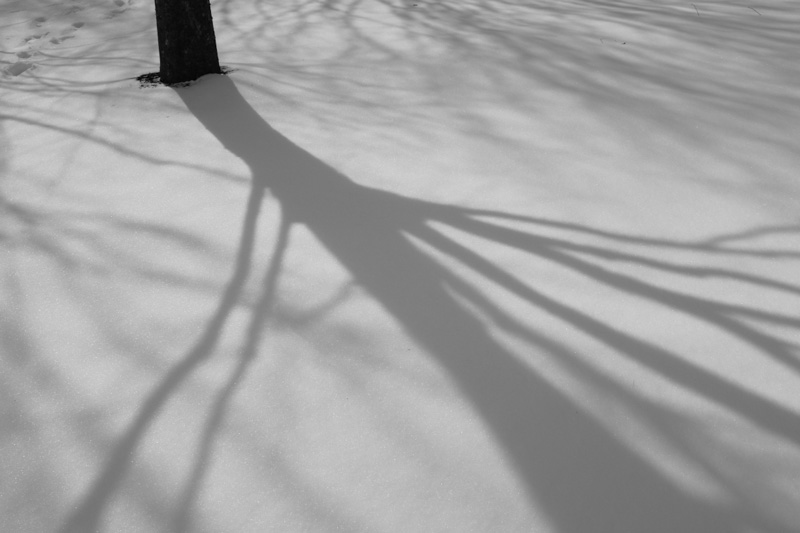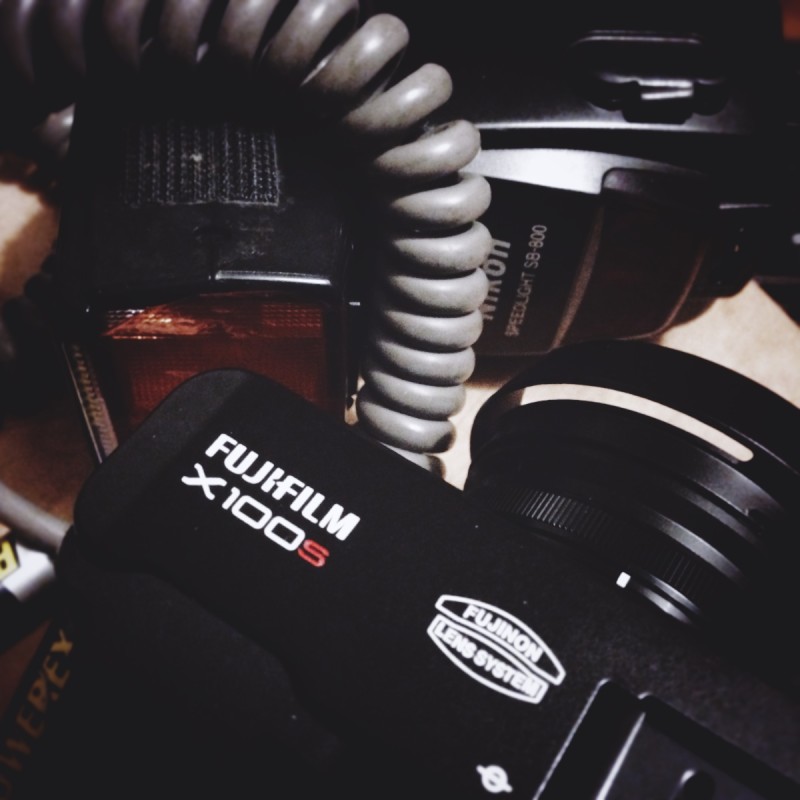
Fuji X100S, Clad in black.
{This is in no way the most comprehensive review of this camera you can find. For that you should check out David Hobby and Zack Arias and Kai Wong. What follows is simply a first impression type of review after a few days usage. No pixel peeping or tech talk is used…well, not excessively anyway.}
The Fuji X100S is like a nineteen-sixties era Porsche 911. A small, yet sturdy high performance machine in a beautiful body that’s a challenge to master. Just because you can buy one doesn’t mean you can drive one. Sure, you can get from point A to point B. But you can do that with any car. You don’t buy a 911 to go to the grocery store. The 911 is built for a different purpose. Same with the X100S. It can be quirky and a little temperamental, but sticking with it, overcoming the quirks, is well worth the effort.
This camera is a sexy machine. It looks good and feels good. I love its light weight and its quiet shutter. And as many others have pointed out the all black model helps make it that much more unobtrusive. People either don’t notice it or don’t think much of it, which means it’s easier now to get those unguarded and more natural moments.
The out-of-the-camera JPEGs rock! There is a seriously nice look about them. This is important if you’re going to use the camera’s film simulations (Velvia, Astia, Provia, B&W, Sepia). If you’re strictly a RAW shooter then this means less to you. But I would bet if you’re a RAW + JPEG shooter and you use one of the applied film simulations you’ll be surprised how often you end up using the JPEG rather than the RAW file. With little or no tweaking in post. They’re that good.
Auto focus in low light can be sketchy. The Nikon D700 is a rock star in this area. So even as Fuji has improved upon its original X100, I find that it’s not close to the D700 regarding speed and accuracy. Maybe in a firmware update? I have no complaints about AF in good light and the manual focus in all situations is just fine. (I hear this is a vast improvement from the original.)
Flash. Oh boy, flash photography just got interesting. The Fuji X100S has a leaf shutter, as opposed to a curtain shutter. Which means it can synch with the flash at a higher shutter speed than most cameras. Like 1/1000th of a second! That’s cool, of course, but it gets better. There is a built in ND filter you can drop right in front of the sensor to give yourself three extra stops to work with. Which means you can open your aperture to f2 and get that creamy soft background while shooting outside in the mid-day harsh light. And yes, the sunlight becomes your background or fill light while your measly speedlight becomes the main light. Too cool. (non-Fuji strobes and synch cords work with this camera. In manual only, however, not TTL.)
Now, at the other end of all that… we have low light situations. The noise characteristics of this camera are wonderful. Easily usable up to ISO 6400 before you start to get too much grain/noise. And even then it’s a matter of taste. Some people like that for certain effects. But if you need clean images in seriously low light, you’ve got it with this camera.
A couple quirks and techs:
16 megapixel DX sensor, 23mm fixed lens (35mm equivalent), 6 FPS, built-in flash can be used as a commander for your speedlight.
– Can’t use flash (built-in or external) if you’re shooting in continuous drive. Which I’m OK with, but I wasn’t aware of this — didn’t see it anywhere mentioned in the manual — and so I was thinking my camera was already F-ed up on its second day. Thankfully a quick Google search got me the answer and put me at ease.
– When in macro focusing mode, you can’t use the Optical Viewfinder. Only the Electronic Viewfinder. Which makes sense, I guess. But, again, if you don’t remember you’re in that mode you’ll find yourself flipping the viewfinder selector switch again and again wondering why it won’t work. Take it out of Macro mode and all viewfinders are usable again. (Oh, did I mention it has an optical viewfinder as well as an electronic one? Yeah, so there’s that. Which is very cool.)
I could mention a couple more flaky things, but I wouldn’t want to spoil the surprise. Everybody should have their own fun quirky experiences.
As my friend Gordon Lafleur said, the learning curve is not small with the X100S, but it really is a great camera. I hope to be putting it to real world use very soon. In the meantime, I’m discovering it as I go and loving it more and more.
A few Samples:
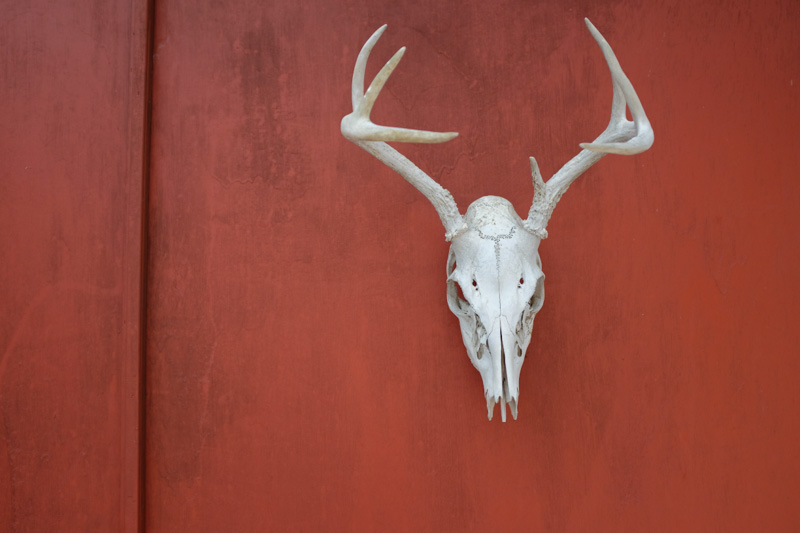
Sharp lens.
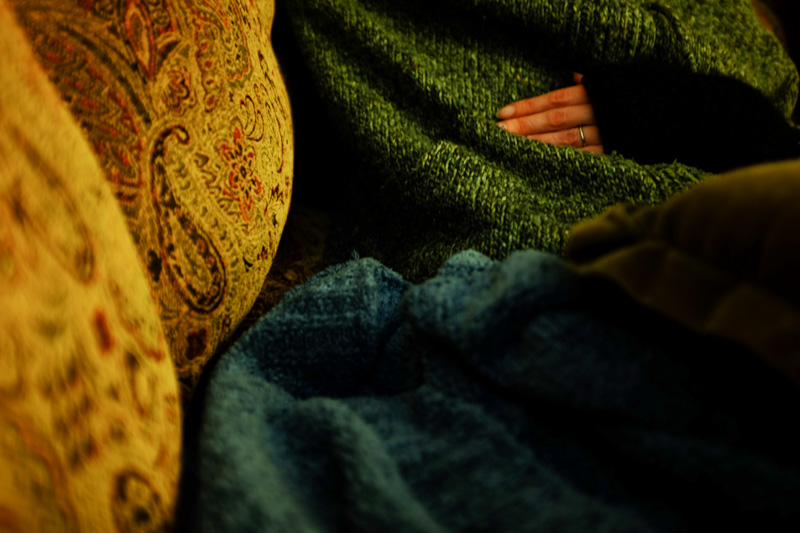
Excellent color right out of camera.
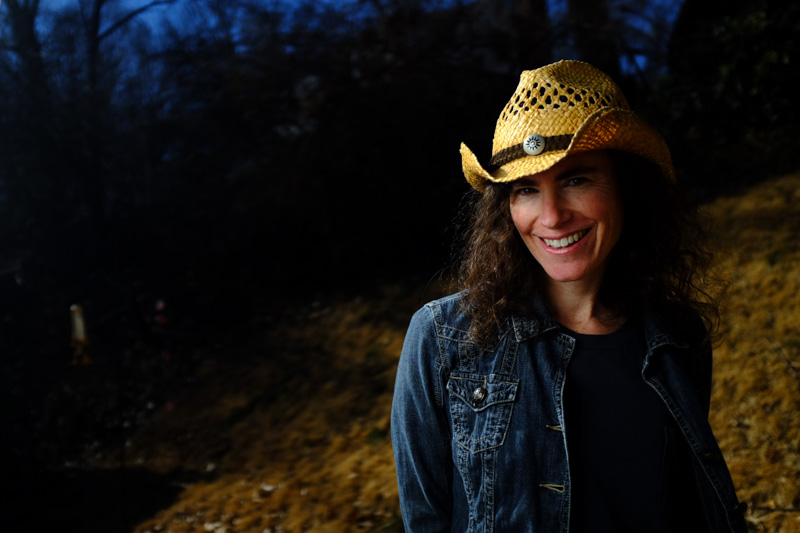
Leaf shutter magic.
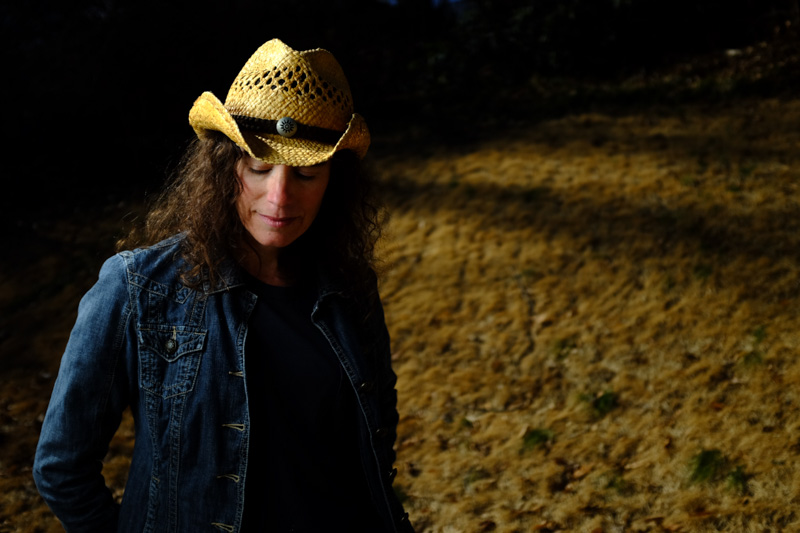
Shot mid-day at 1/1000 sec, f2 with ND filter engaged. Using a Nikon SB 800 with diffuser plate down and a shoot through umbrella. No kidding.
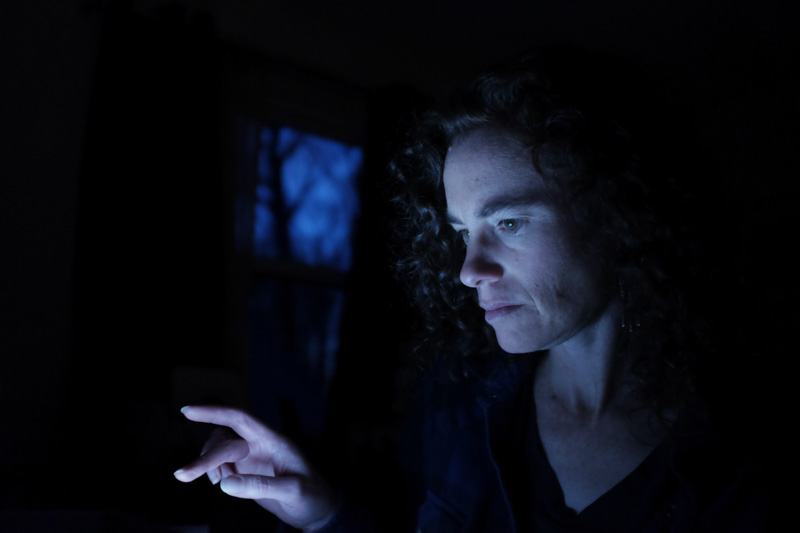
Excellent low light, high ISO capabilities. Sees in the dark.





